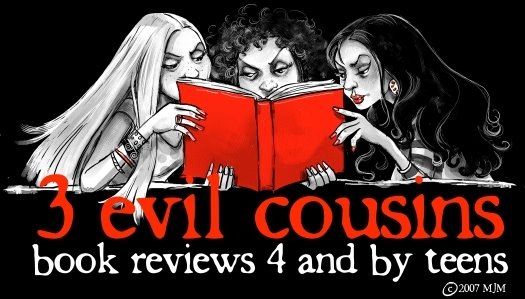 A group of girls are playing, laughing, dancing in the woods. They are caught, and as their village is strictly Puritan, they are to be chastised and shamed for doing something so forbidden and taboo as dancing. The only way to evade punishment is to place the blame on someone else, so they concoct a tale that involved them being possessed and influenced by a witch who was in contract with the devil. Intended as a onetime way to get out of trouble, the accusation of witchery worked all too well, and it soon became a trend that took a life of its own, and, over the course of a year, destroyed the trust and shattered the foundation of a run-of-the-mill pre-American Puritan town.
A group of girls are playing, laughing, dancing in the woods. They are caught, and as their village is strictly Puritan, they are to be chastised and shamed for doing something so forbidden and taboo as dancing. The only way to evade punishment is to place the blame on someone else, so they concoct a tale that involved them being possessed and influenced by a witch who was in contract with the devil. Intended as a onetime way to get out of trouble, the accusation of witchery worked all too well, and it soon became a trend that took a life of its own, and, over the course of a year, destroyed the trust and shattered the foundation of a run-of-the-mill pre-American Puritan town.These were real events, portrayed in Arthur Miller’s The Crucible. And yes, I understand that this is far from a new book, but it is such a wonderful classic that I think it deserves to be reviewed and read and read and read.
It is pretty widely understood that those prosecuted in the witch trials of 1692 were far from magical or devilish. But in a way, the Crucible shows the devil as a facet of personality, showing itself in times of great distress and pain, such as the witch trials. The ironic part is, the devil is more seen in those who did the accusing than the ones who had been accused.
While The Crucible never comes out and is explicit in its meaning, it is written in such a way that is open to dozens of different interpretations, all centered around the idea of human nature and what being frightened and pressured can do to a person
If one is about to be hung for witchery and the only way to save oneself is to “confess” and accuse another, isn’t it the natural thing to do? At the same time, one is struggling between their faith and their life, because the Ten Commandments are clear in their message to never, ever lie.
Psychology of a sort comes into play as well, when one considers the idea that if people are constantly acting possessed and placing blame on others, they begin to believe what they are saying and that they are truly being hurt and targeted.
I loved having the opportunity to explore these questions and ideas, and The Crucible provided me with a perfect reason.
In short, it is about a group of girls caught dancing in the woods, who use witchery to evade trouble, and the aftermath that shattered an entire town. It is not a novel, it is a popularly performed play, but still provides an amazing read—perhaps even more striking because it is all in dialogue. It provides a chance to see what tremendous power an accusation can have, and the effects of power on everyday people. It is a quick read, but the experience of having read it stays with you a long time.
The Crucible goes beyond ratings, but if asked, I would have to say five daggers.

Briar


7 comments:
Hear hear – The Crucible is probably my favourite play of all time. I read it when I was still convinced that all classics were boring and was absolutely blown away.
I do admit-- The Crucible was one of the first classics I liked as well. What do you think is so amazing about it?
This is random but who drew your header? It is amazing!!!!
-Senfaye :)
http://amazeofbooks.blogspot.com/
Cool blog! And good review. I never did read the Crucible back in the day but this has reminded me that I really need to.
Great classic! Good drama. I participated in a scene from this play in drama class and it was a fun experience. Such serious stuff. BTW love the graphics and creative bios on your site.
I'm going to read this one for English class next year, but I think I'll read it sooner because I've really really really wanted to read it for a while. Great review!
I remember reading The Crucible in English class. I loved it, too. Nice and creepy.
Post a Comment